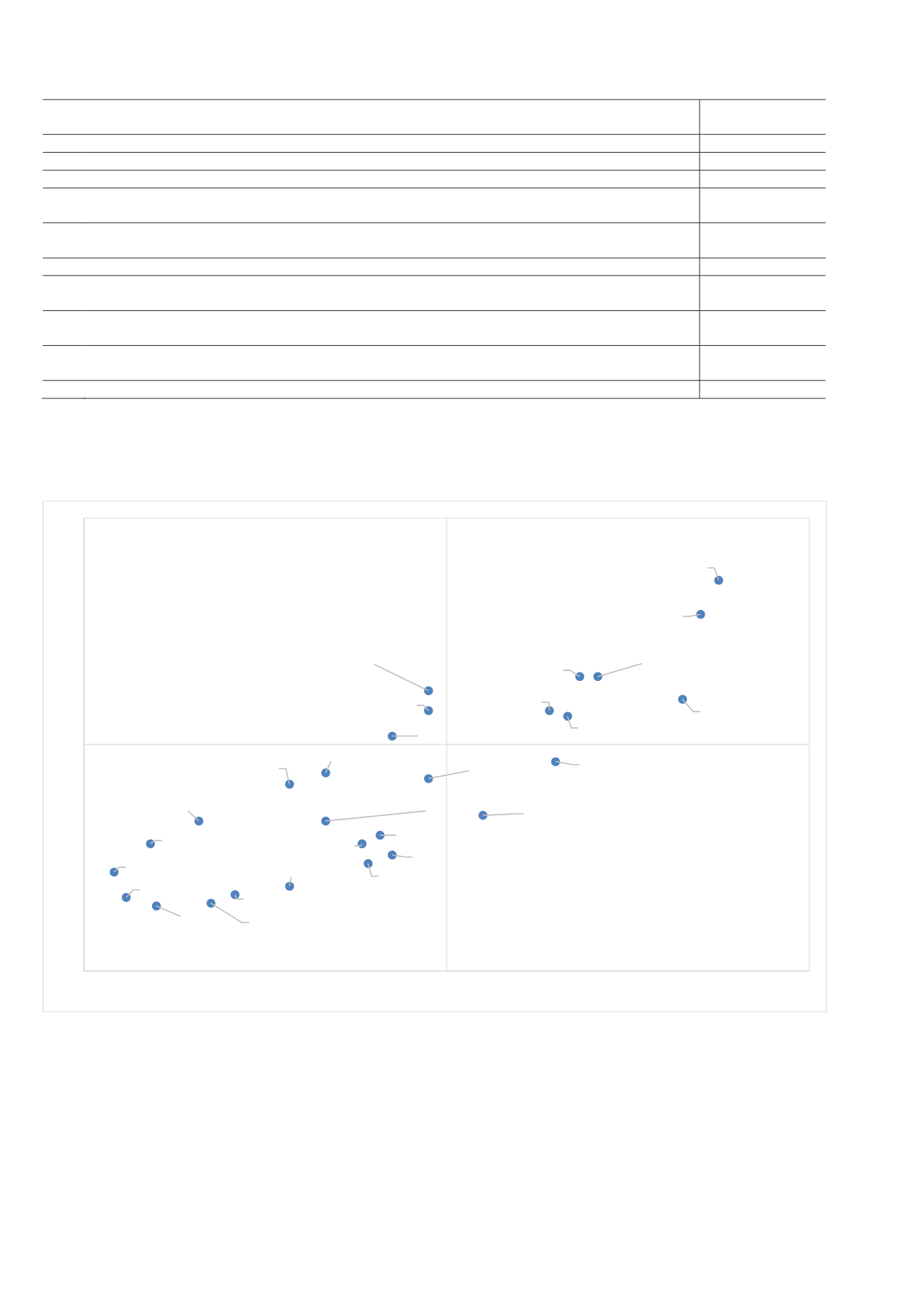
48
CIMIC Group Limited Annual Report 2016 |
Sustainability Report
48
29. Growth in renewable energy supply potentially leading to a decline in demand for thermal coal and the
impact on contract mining opportunities
Economic
30. Continuing population growth, greater urbanisation, and the future growth of China and India
Economic
31. Fostering a more diverse workforce that reflects the communities in which the Group operates
Social
32. Growth in demand for renewable energy and the impact on construction opportunities
Economic
33. Ensuring environmentally and socially responsible sourcing and governance factors are integrated into
procurement processes
Governance
34. Contributing to the development of local communities who can affect or be affected by the
Group's activities
Social
35. Improving energy efficiency on projects, in the supply chain and in corporate activities
Environmental
36. Minimising the use of materials (e.g. concrete, steel, packaging) and working with the supply chain
to reduce environmental impacts
Environmental
37. Dealing with climate change threats and opportunities, developments in government’s emissions policies
and reducing carbon emissions
Environmental
38. Supporting corporate community investment (i.e. sponsorship, donations and corporate partnerships) in
local communities and society
Social
39. Collaborating with industry not-for-profits to generate shared value
Governance
95 responses were received from those surveyed. The results of this survey are summarised in the chart below with the 28 most
important and highest impact responses (of the 39 identified material issues) plotted, based on their ratings.
IMPORTANCE AND IMPACT MAP
The remaining 11 material issues are still addressed in this report because of their importance to ratings bodies such as DJSI or they are
key topics identified in the GRI reporting framework, and they are still relevant to some stakeholders. An explanation of our approach to
dealing with each individual material issue is set out in more detail in this Sustainability Report.
Public safety
Bribery & corruption
Environmental
compliance
Workplace safety
Project delivery
Managing risk
Overseas
compliance
Employee attraction & retention
Child labour
Workforce availability
Funding availability
Labour standards
Encouraging competition
Aligning remuneration
Culture of innovation
Respecting communities
Political or regulatory change
Protecting biodiversity
Tax policy
Transparent disclosure
Globalisation & competition
Reducing waste
Economic changes
Gender equity
Use of water
Social changes
Local particaption
Soverign risk
Importnace
Impact
High (5.0)
Low (3.8)
Low (3.2)
High (4.8)
48


